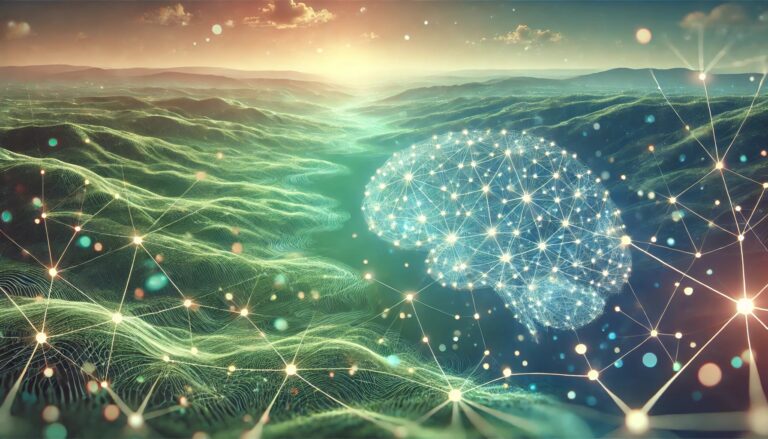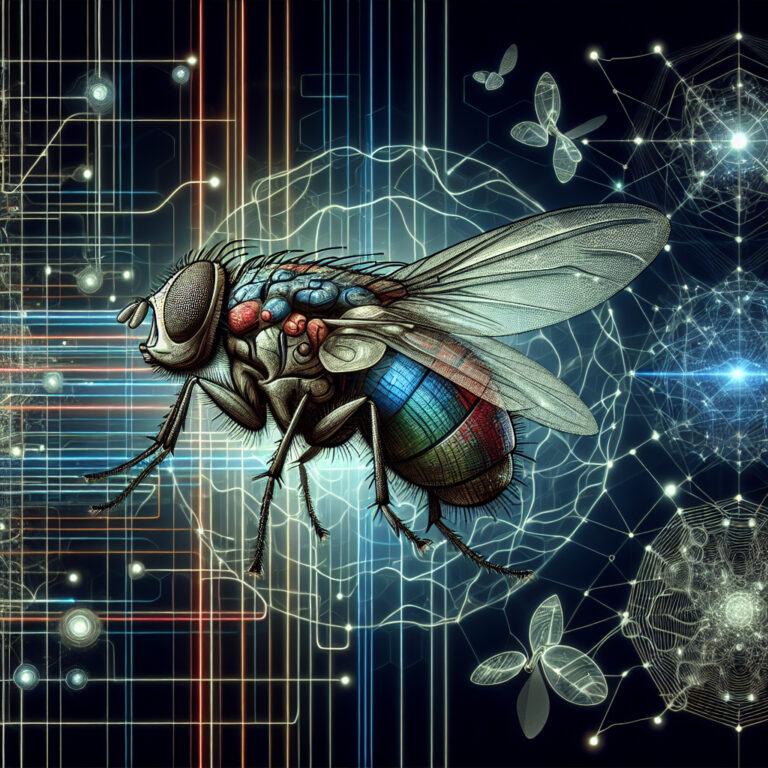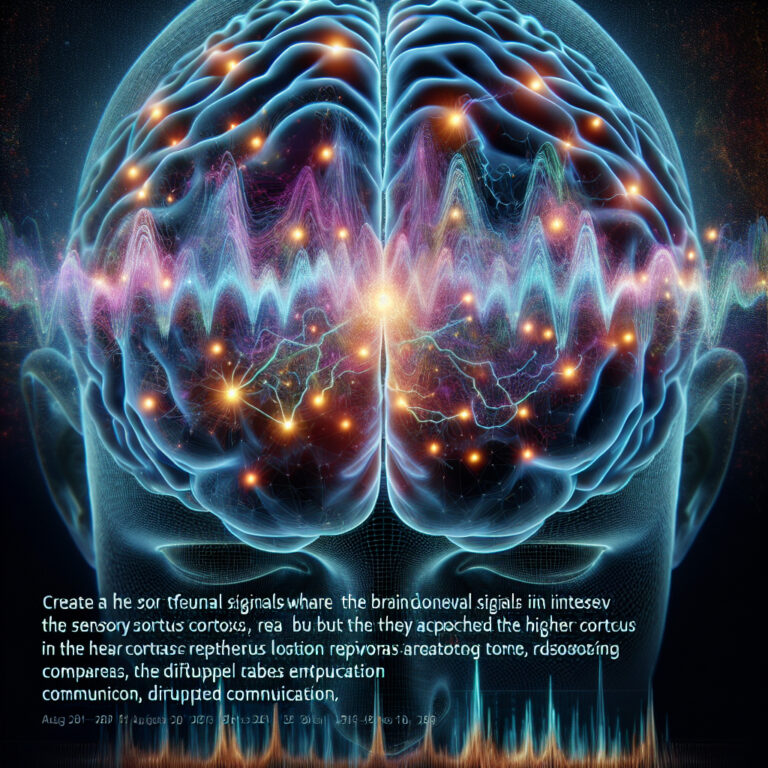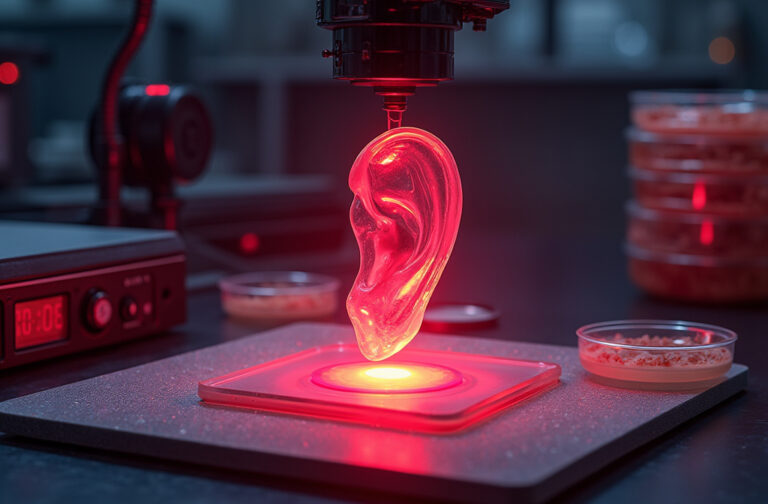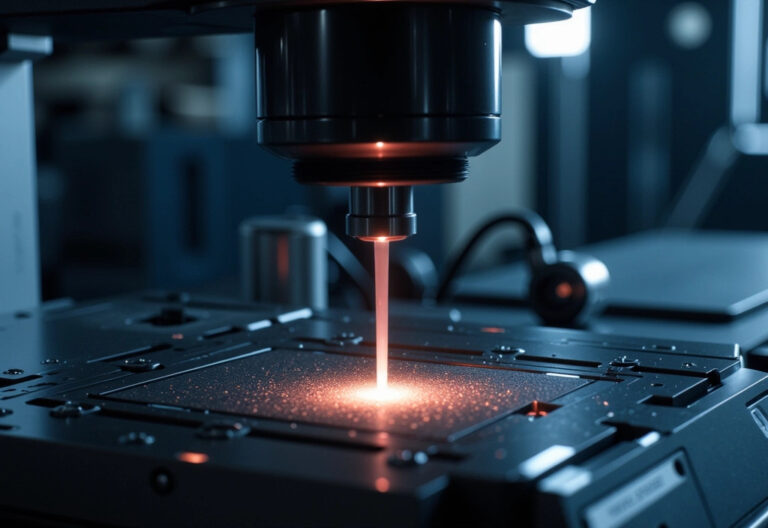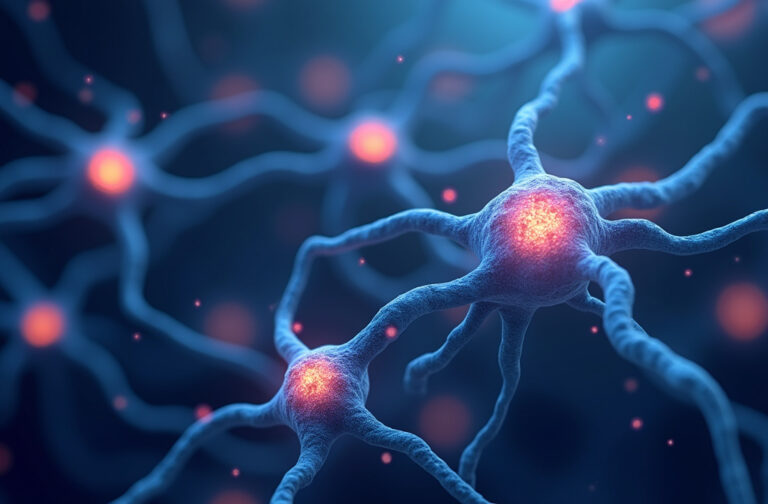
Auburn University’s Breakthrough: How Brain Cells Stay Connected and What It Means for Alzheimer’s Disease
Auburn University researchers have uncovered a fundamental principle behind how brain cells stay connected, revealing an entropy-based “invisible glue” that maintains strong neural links. This breakthrough offers promising new insights into early detection and treatment of Alzheimer’s disease, potentially transforming our understanding of brain health and neurodegeneration.

